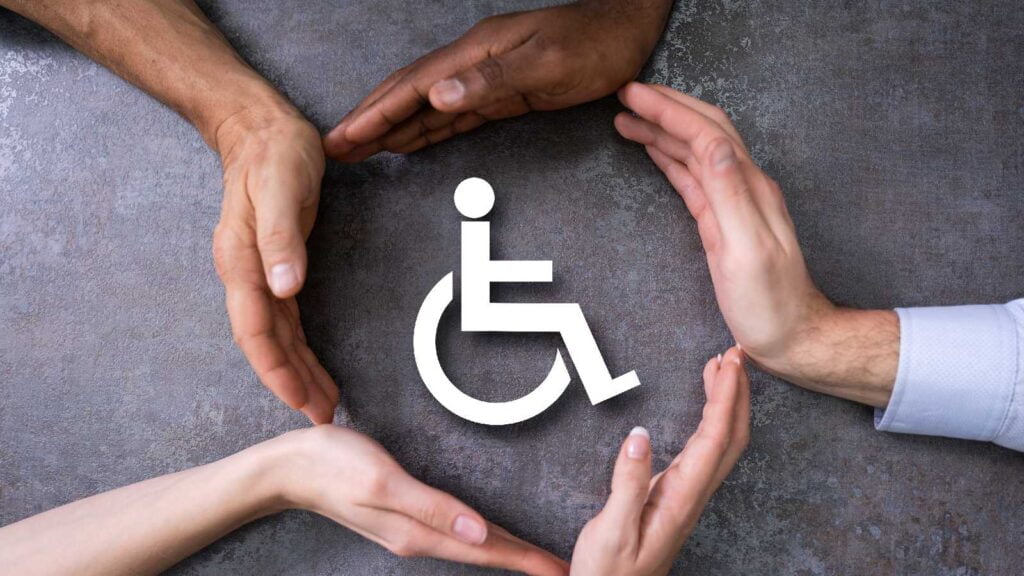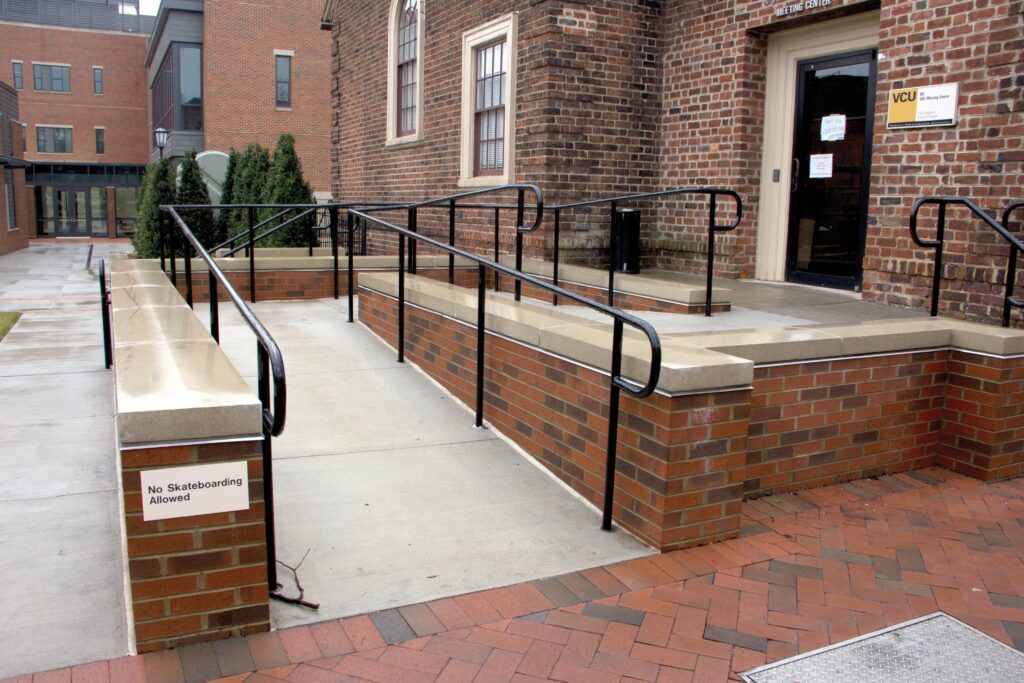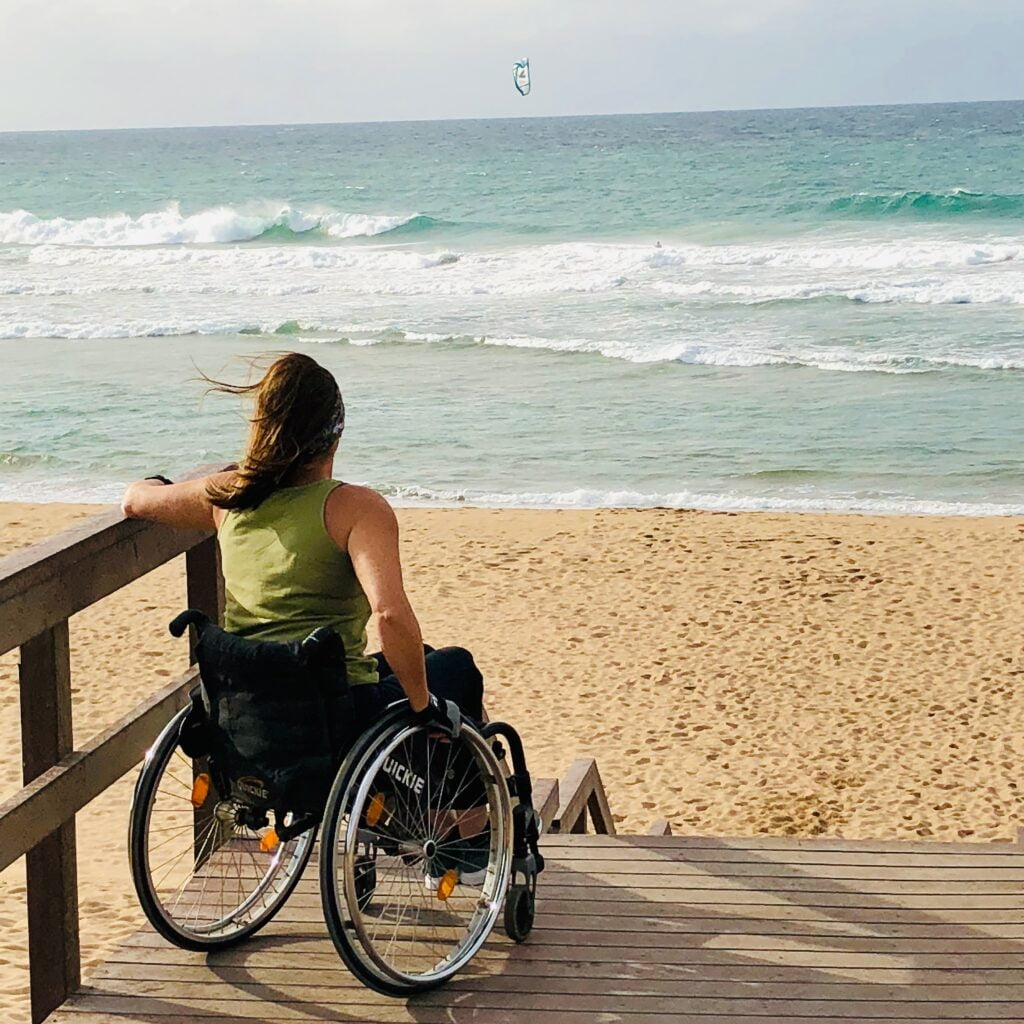In an increasingly diverse and inclusive world, it is essential that we continually challenge ourselves to examine how we interact with and accommodate those with disabilities. One group that often faces unique challenges in the realm of social inclusion is wheelchair users. The way we treat wheelchair users says much about our commitment to equality and the extent to which we embrace diversity. It’s time to recognize the aspirations and rights of wheelchair users, who, like everyone else, simply want to be treated with dignity, respect, and equality.

Equality, Not Pity
The first step toward social inclusion for wheelchair users is recognizing that they do not desire pity, but rather equality. Empathy is essential, but it should not be misconstrued as condescension. Wheelchair users are fully capable of leading rich, fulfilling lives and actively contributing to society. They do not want to be treated as helpless victims but as individuals with their own unique abilities, skills, and ambitions.
Respect Personal Space
Wheelchair users, like anyone else, value their personal space and privacy. It’s vital to treat them with the same courtesy we would extend to anyone else. Avoid leaning on their wheelchairs, moving or pushing them without permission, as this can be intrusive and disrespectful. Instead, ask if they need assistance or if they would like to engage in conversation. Treating wheelchair users with dignity means respecting their boundaries while being friendly and approachable.
Communication is Key
Communication plays a pivotal role in making wheelchair users feel valued in social situations. When interacting with a wheelchair user, make sure to address them directly and maintain eye contact, much like you would do when speaking to any other person. Speak in a respectful and considerate manner, as you would with anyone else. Avoid talking down to them or making assumptions about their abilities. Don’t feel obligated to greet every person in a wheelchair if you’re not doing it to everyone you encounter every day!
Remember that wheelchair users are individuals with unique perspectives and capabilities.
During one of my very first outings to the mall, I asked a shop attendant behind a beauty counter at a local store about a product I needed for my daily face cleansing routine. My 7 year old daughter was with me at the time and the shop attendant chose to look at and reply to her, ie. completely avoiding eye contact and interaction with me! I had to remind her that I knew exactly what product I needed and that she could just reply to me directly since I was the customer who needed and who would be paying for the item. Unfortunately the incident set the tone for many similar situations to come over the past 25 years!
Inclusivity in Conversation
Social inclusivity goes beyond physical accommodations. It extends to the way we engage with wheelchair users in conversations. Avoid making their disability the sole focus of your interactions. They’re so much more than the reason they find themselves in a wheelchair and much more than their disability. Show genuine interest in their thoughts, feelings, and experiences, just as you would with anyone else. Treating them as equal participants in social discussions helps create a more inclusive environment.
For the most part, wheelchair users are just regular people who go about their daily lives a little different physically.
Accessible Infrastructure

A crucial aspect of treating wheelchair users with respect is ensuring that our physical environment is accessible to them. It’s not just a matter of legality but a fundamental right. Wheelchair users have a right to access public spaces, buildings, and transportation with the same ease as anyone else. Ensuring accessibility goes a long way in fostering social inclusion by providing the opportunity for participation in all aspects of life.
Consideration of Their Needs

Being considerate of the unique needs and preferences of wheelchair users is crucial. This might involve offering assistance when requested or needed, but always respecting their right to decline. Empower them to make their own choices and provide support without being overbearing. This fosters a sense of dignity and independence that all individuals, regardless of their abilities, should enjoy.
Empathy and Patience
Empathy and patience are virtues that can go a long way in fostering positive social interactions in general, and possibly even more so with wheelchair users. Recognize that they may face challenges that you don’t, and be understanding and supportive. Be willing to adjust plans or take a little extra time when necessary. This can make all the difference in helping wheelchair users feel socially valued and respected.
In conclusion
Treating wheelchair users with respect and equality is not just a matter of courtesy; it’s a fundamental aspect of building a more inclusive society. Wheelchair users aspire to live life on their terms, pursue their dreams, and form meaningful connections with others. Social inclusion means respecting their rights, acknowledging their abilities, and creating a world where everyone can participate fully and equally. By recognizing and embracing the aspirations of wheelchair users, we take a significant step toward a more inclusive and compassionate society where diversity is celebrated and cherished.

